Advice for Flowering Bush Poolside
jmcnyc
12 years ago
Related Stories
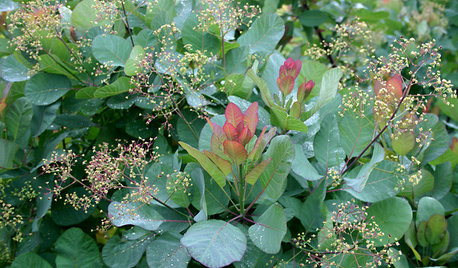
LANDSCAPE DESIGNGreat Design Plant: Old Fashioned Smoke Bush
Balance garden color with this shrub's cool blue-green foliage, luminous when backlit and sporting yellow-green flowers in spring
Full Story
DECORATING GUIDES10 Design Tips Learned From the Worst Advice Ever
If these Houzzers’ tales don’t bolster the courage of your design convictions, nothing will
Full Story
FARM YOUR YARDAdvice on Canyon Farming From L.A.'s Vegetable Whisperer
See how a screened garden house and raised beds help an edible garden in a Los Angeles canyon thrive
Full Story
GARDENING GUIDES6 Plants That Beat Butterfly Bush for the Wildlife Draw
It's invasive, a nonnative and a poor insect magnet. Check out these better alternatives to butterfly bush in the garden
Full Story
CONTAINER GARDENSPatio-Perfect Berry Bushes Like You’ve Never Seen
Small enough for pots but offering abundant fruit, these remarkable bred berries are a boon for gardeners short on space
Full Story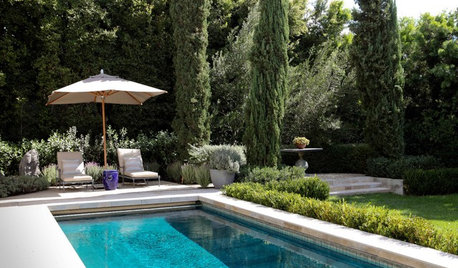
GARDENING AND LANDSCAPINGThe Perfect Poolside Landscape
Dreaming of Your Own Cooling Pool? Here are 6 Ways to Design Around It
Full Story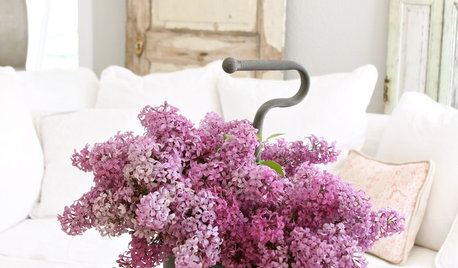
GARDENING GUIDESLet Lilac Love Flower This Spring
Whatever you bestow or receive for Mother's Day, lilacs can be an unmatched gift in the garden in May
Full Story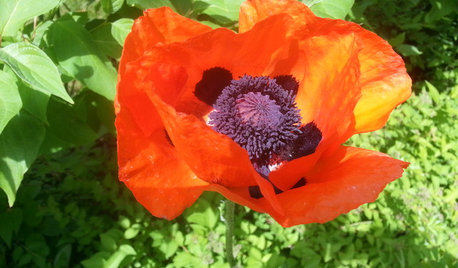
GARDENING GUIDESBeautiful Flowers and Foliage From Dedicated Backyard Gardeners
From lawn daisies to topiaries, Houzz users share their backyard beauties
Full Story
GARDENING GUIDESAttract Hummingbirds and Bees With These Beautiful Summer Flowers
Roll out a welcome mat for pollinators to keep your landscape in balance and thriving
Full Story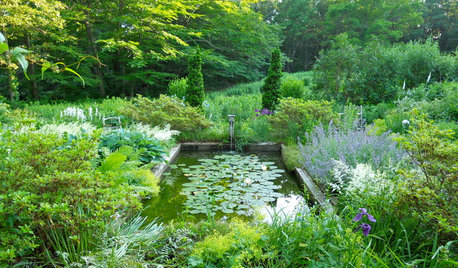
PLANTING IDEAS5 Reasons to Bring Shrubs Into the Flower Garden
Mix up the garden experience and let the flowers and shrubs play together
Full StoryMore Discussions







diggingthedirt
bill_ri_z6b
Related Professionals
Fort Lee Landscape Architects & Landscape Designers · Lowell Landscape Architects & Landscape Designers · Marina Landscape Architects & Landscape Designers · Brentwood Landscape Contractors · Belmont Landscape Contractors · Dinuba Landscape Contractors · Fair Lawn Landscape Contractors · Florham Park Landscape Contractors · Fuquay-Varina Landscape Contractors · Pahrump Landscape Contractors · View Park-Windsor Hills Landscape Contractors · Reisterstown Landscape Contractors · Baker Decks, Patios & Outdoor Enclosures · Lincolnton Decks, Patios & Outdoor Enclosures · Paradise Valley Decks, Patios & Outdoor EnclosuresjmcnycOriginal Author
diggingthedirt
bill_ri_z6b
molie
jmcnycOriginal Author
bill_ri_z6b
Nancy Vargas Registered Architect